Thanks to oil deposits found on their land, the Osage Native Americans became some of the wealthiest people in the United States by the 1920s — which put an enormous target on their backs.

Getty/BettmannThree of the dozens of Osage tribe members who were killed in a plot to steal their oil money.
The Oklahoma land that belonged to the Osage tribe was soaked in oil. And in the 1920s, it would become soaked in blood. During that fearful time, Osage men and women seemed to turn up dead at an alarming rate, prompting a federal investigation into the so-called Osage Indian Murders.
The investigation, led by a former Texas Ranger named Tom White, revealed a tangled conspiracy of marriage, money, and murder. Though they were stymied at every turn, White and his team of undercover frontier lawmen were eventually able to trace the violence to a greedy and powerful man: William K. Hale, who was known as the “King of the Osage Hills.”
Discover the story of the Osage Indian Murders, the shocking massacre of Osage Native Americans for their oil money, as portrayed in the 2023 film Killers of the Flower Moon, based on the 2017 book by author David Grann.
How The Osage Tribe Became Wealthy
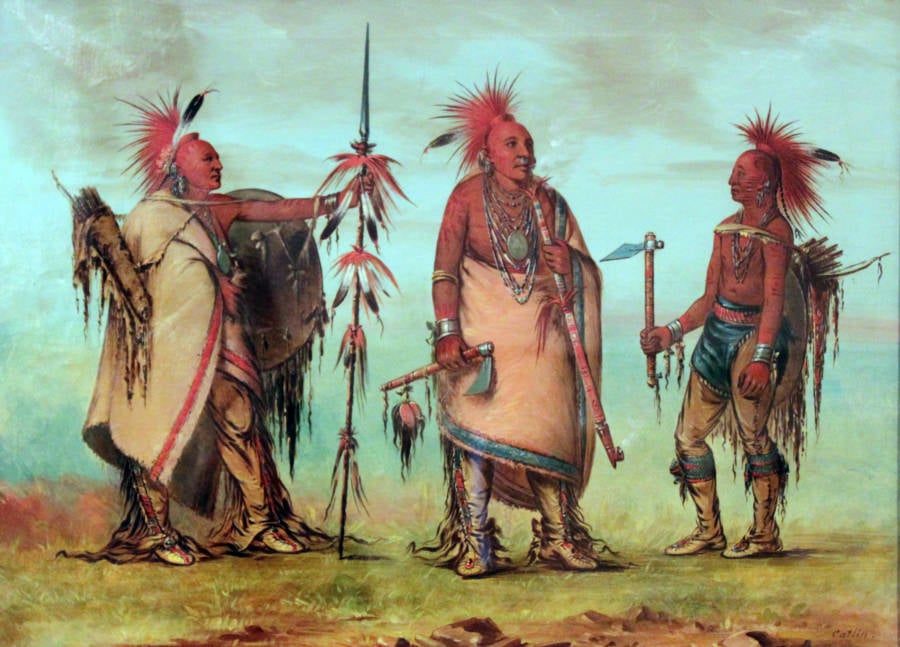
Wikimedia CommonsA depiction of Osage Native Americans by artist George Catlin.
By the time the Osage Indian Murders began in the early 1920s, the tribe was earning some $30 million thanks to their oil-rich land in Oklahoma. Although they had been driven from their original territory, like many other Native American tribes, they found themselves in a uniquely powerful position due to the oil deposits on their new land — and they owned their territory.
As David Grann detailed in his book about the murders, Killers of the Flower Moon (2017), the tribe had purchased a stretch of craggy, barren land in northeast Oklahoma in the 1870s after they were driven out of their native Kansas by white settlers. However, the rocky land in Oklahoma held a tremendous secret: some of the largest oil deposits in the United States.
Though American history is replete with accounts of Native American tribes losing their land after the discovery of precious minerals, like gold, the story of the Osage tribe played out differently. As Grann explained to NPR in 2018, the tribe had suspected that their land could potentially contain oil. Thus, they made sure that the Osage Allotment Act of 1906 established their right to own any “subsurface minerals” found in their territory.
With the discovery of oil, the Osage Native Americans quickly became wildly wealthy. Each Osage member who owned a plot of land in the oil-rich territory soon received a “headright” to the profits, which was hereditary, meaning that it would pass on to the land owner’s legal heir.
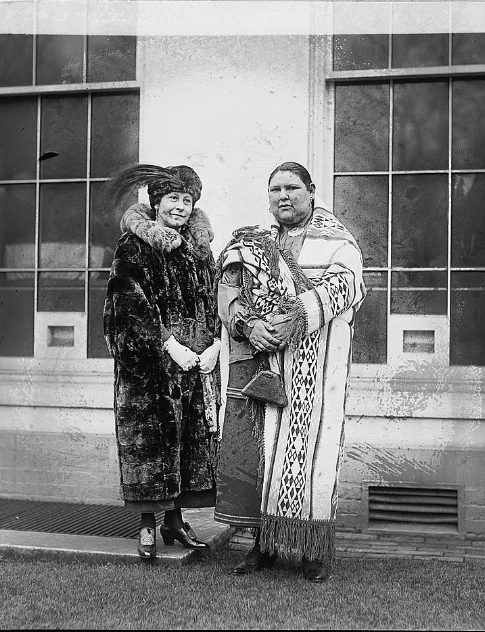
Library of CongressA pair of Osage women, pictured in 1921.
“[Y]ou could not sell or buy a headright,” Grann explained to NPR. “It was collectively controlled by the Osage. And each one had a headright or a share. And what that meant is they would receive a check for any royalties or any leases that derived from the oil money.”
The American public became fascinated by the Osage, whom they labeled “red millionaires.” All of the money in the world could not erase racist stereotypes, however, and one newspaper wryly stated: “That lament, ‘Lo the poor Indian,’ might appropriately be revised to, ‘Ho, the rich redskin.'”
But the Osage couldn’t use their money as freely as they wanted. Congress insisted that every tribal member should be appointed a white guardian to manage his or her assets and supervise how they spent their oil wealth. One Osage World War I veteran angrily remarked: “I fought in France for this country, and yet I am not allowed even to sign my own checks.”
Despite this, the oil flowing beneath Osage land made the 2,000 tribal members rich and capable of living in grand houses, which were often maintained by white servants. It also put a target on their backs.
The Start Of The Osage Indian Murders

Getty/BettmannAnna Brown was one of the first victims of the Osage killing spree.
Starting in May 1921, Osage tribal members were killed at an alarming rate. That month, members Anna Brown and Charles Whitehorn were shot to death just weeks apart. A couple of months later, Anna’s mother Lizzie Q. Kyle also died — and it was later revealed that she was likely poisoned.
HISTORY reports over two dozen Osage tribal members were shot, stabbed, beaten, and bombed in the early 1920s, prompting the tribe to send Barney McBride, one of the rare white oilmen willing to help the Osage, to Washington, D.C. to seek assistance from federal authorities.
But less than a day after he arrived in the capital, McBride was stabbed at least 20 times, a murder described by newspapers as “the most brutal in crime annals in the District.” McBride’s killing was a clear message that white friends to the Osage were not safe either. This fact was emphasized when a white attorney with a lead on the case was flung from a moving train.
Meanwhile, the killings of the Osage continued. As Oklahoma History reports, Henry Roan, Lizzie Q. Kyle’s nephew, was murdered in January 1923. A couple months later, in March, Lizzie’s daughter Rita Smith, her husband William E. “Bill” Smith, and their servant were killed when their home was bombed.
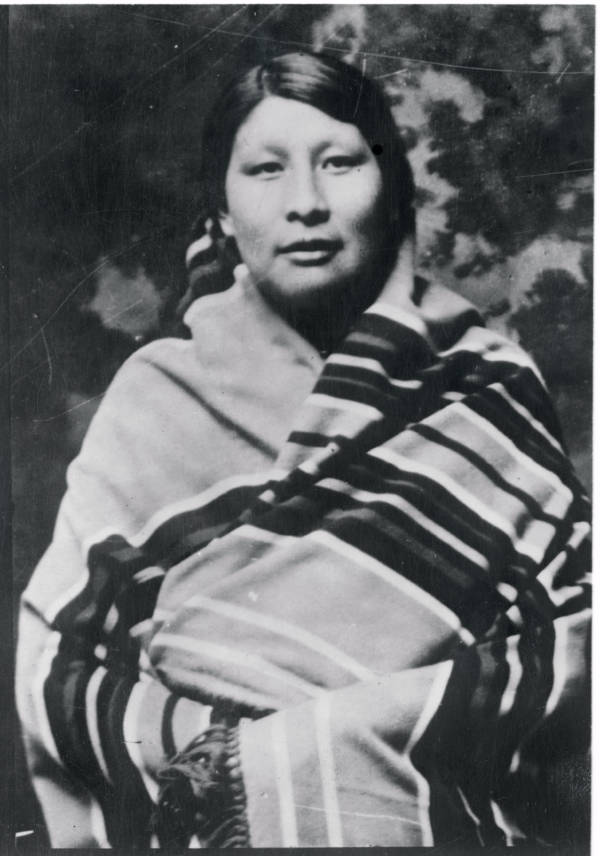
Getty/BettmannThe horrifying death of Rita Smith helped finally trigger a federal investigation into the Osage murders.
“They got Rita and now it looks like they’ve got me,” Rita’s husband said when he was pulled from the rubble, before he succumbed to his injuries.
The “Osage Reign of Terror” terrified the community, who kept their houses illuminated all night long for increased security and prohibited children from going anywhere by themselves. Some families even instigated their own private investigations in an attempt to find out who was behind the killings.
Eventually, federal authorities could no longer turn a blind eye to the Osage Indian Murders, which the press eventually dubbed the “bloodiest chapter in American crime history.” They finally sent in agents from the newly-created Bureau of Investigation (which would later become the Federal Bureau of Investigation, or the FBI) to dig into the spate of murders.
Investigating The Osage Indian Murders
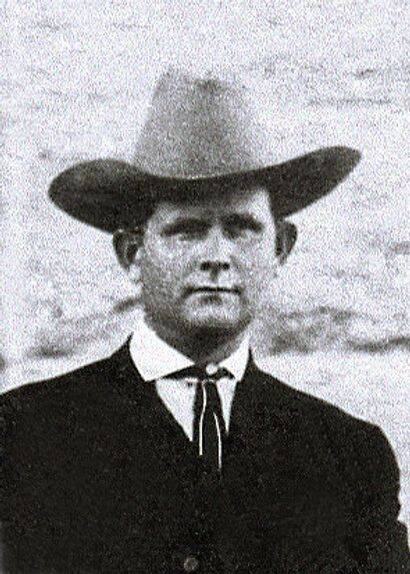
David GrannTom White, the former Texas Ranger sent by federal authorities to solve the Osage Indian Murders.
J. Edgar Hoover, the director of the nascent Bureau of Investigation, eventually sent a former Texas Ranger named Tom White to investigate the killings. As Grann explained to NPR, White compiled a team of frontier lawmen to go undercover with him, including an Ute Native American man named John Wren, one of the first Indigenous federal agents.
White soon proved to be more than up to the task. His experience as a Texas lawman had hardened his nerves and he refused to be intimidated by the deaths of the previous investigators. Working with his team of undercover agents, White uncovered a malicious conspiracy in Oklahoma.
He and his team soon discovered that an Osage woman named Mollie Burkhart (née Kyle) — who happened to be the daughter of the murdered Lizzie Q. Kyle and the sister of the murdered Anna Brown and Rita Smith — was married to a white man named Ernest Burkhart. And Burkhart was the nephew of William K. Hale, the so-called “King of the Osage Hills.”
By following the money, the agents realized that the headrights belonging to Anna, Rita, and Lizzie had been passed on to Mollie and Ernest Burkhart. As the FBI later explained, these headrights were worth about half a million dollars a year. And Ernest Burkhart was believed to have been extremely weak-willed and under the control of his uncle, William K. Hale.
As the FBI explains, Ernest Burkhart finally broke and started to talk. With his testimony and that of others, the agents were able to prove that Hale had orchestrated the Osage Indian Murders in order to steal the tribal members’ oil money. Meanwhile, Mollie Burkhart, who had fallen mysteriously ill, miraculously recovered after she was removed from her husband’s side.
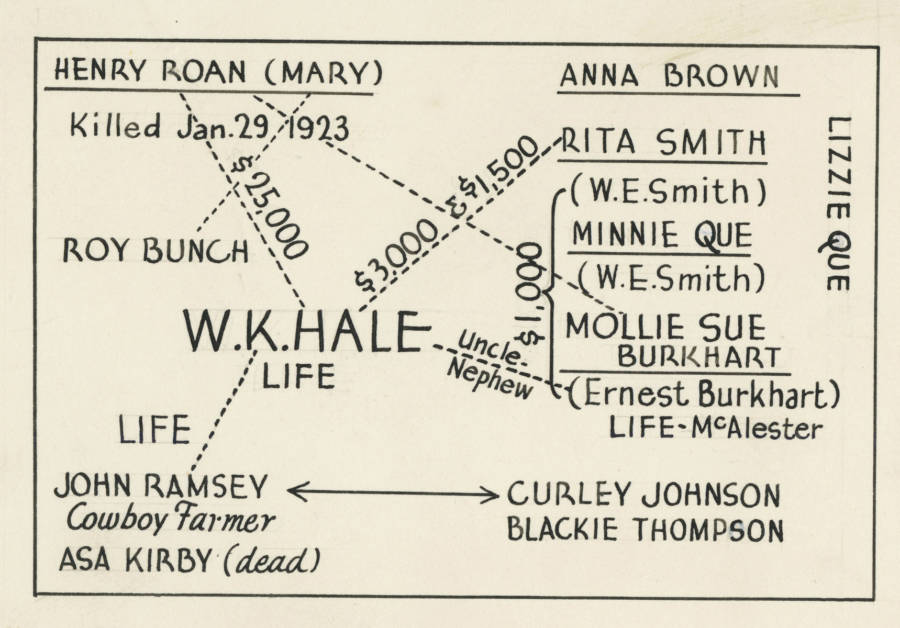
Wikimedia CommonsA trial document connecting the various murders back to the ringleader of the murder spree.
Oklahoma History reports that Ernest Burkhart, William K. Hale, and a farmhand named John Ramsey who’d abetted the murders, were all sentenced to life in prison in the late 1920s. A petty criminal named Kelsie Morrison — who was already behind bars for another crime — also confessed to playing a role in the murders and was similarly sentenced.
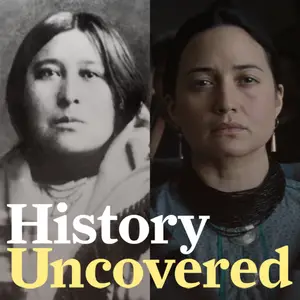
Though the Osage Indian Murders stopped after the men’s imprisonment, Hale, Ramsey, and Burkhart were all eventually paroled. And even though they were briefly punished for killing some of the Osage tribal members, Grann believes that a larger conspiracy went completely uninvestigated. He also thinks that the dozens of known murders only scratch the surface, and the actual number of conspirators is in the hundreds.
Chillingly, this means countless culprits may have escaped any sort of punishment at all.
“Hoover was in a rush to close the case — really the case was closed prematurely,” Grann explained to HISTORY. “The bureau didn’t reveal a deeper, darker conspiracy, and as a result many were able to escape justice.”
In the end, the oil that had bequeathed great wealth to the Osage also bestowed great violence upon the tribe. As one chief remarked in 1928:
“Some day this oil will go and there will be no more fat checks every few months… then I know my people will be happier.”
Next, read about Maria Tallchief, the Osage Native American woman who became a world-famous ballerina. Then, look through these stunning photos of the Crow tribe that were taken in the early 20th century.





